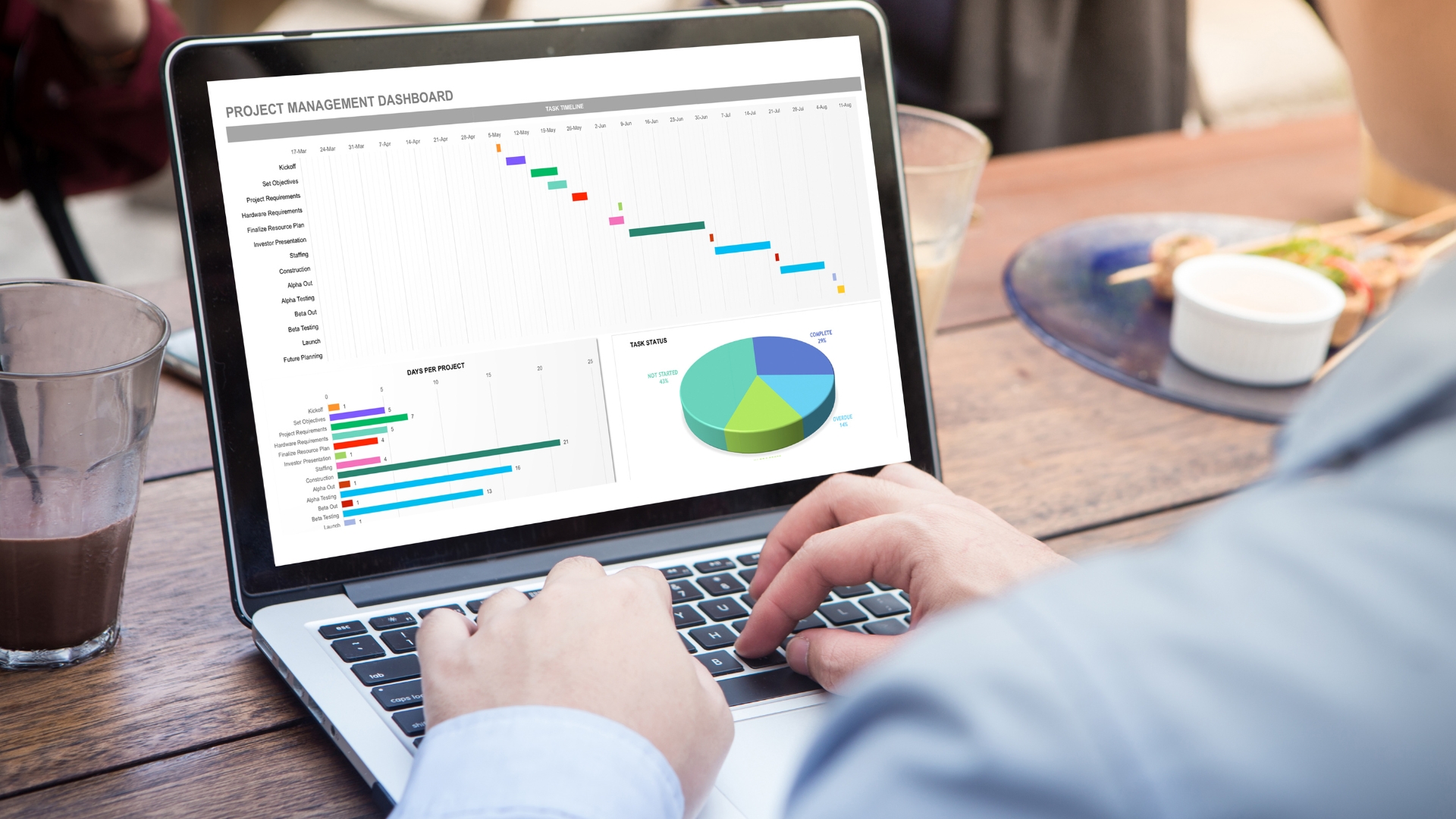“It does what it says on the tin”
We explain the importance of a dashboard and share our tips on how to make sure your dashboards are effectively integrated within your organisation.
It’s true to say when a dashboard is done right, it quickly becomes indispensable within the organisation and often is the central hub which works across departments and teams. The most successful dashboard projects I’ve worked on are the ones which hit the right tone, are well planned and are built with a clear idea of their intention and their audience. A dashboard can elevate your key findings and allow the company to collectively make better decisions faster than before. To do this, a dashboard needs to have a clear direction in terms of the measures shown and the overall message. Interactivity allows all this data to be available at a couple of clicks or swipes on a tablet – instantly available to see and interrogate to answer questions and queries.
To make sure your dashboards are effectively integrated within your organisation, there are several key areas which are critical to ensuring success. In this first article, we’re going to be going through the planning stages and the information that you need to make sure your dashboard does exactly what it says ‘on the tin!’
- Know your audience
Firstly, it is imperative that you know exactly who your intended audience is.
The best dashboard projects are the ones where it’s clear who will be using it.
Is the dashboard for a CEO who just wants the key factors straight away, or perhaps an insight team where they want to interrogate the data and spending hours trawling over the dashboard? Is the viewer research literate? What level of expertise do they have in the project and the data itself?
I remember working with an insight team – creating quite a huge dashboard with all the information in there, question text, bases etc. From a researchers perspective, it was a good dashboard. However, it was intended for a non-research audience and the viewers were totally put off by the fact that it was ‘too researchy.’ It might be that you eventually have to create a couple of different versions to accommodate for different audiences – but it is critical to know who the intended audience is.
From my experience, the best approach is to start simple – things can always be built up in terms of extra functionality etc., rather than scaled back.
- Know how they will view the dashboard
So having established who is going to be viewing the dashboard – it would be worth at this stage to ascertain how they are going to view the dashboard.
Will it be the big boss viewing it on his tablet when he commutes into work, or a salesperson quickly finding the latest figures on their smartphone?
This type of information can quickly speed up the dashboard’s deployment as if you know how it’s going to be viewed – it means you can build it to those specifics. Rather than publishing it and the first response you get is ‘I can’t read any of the numbers when I look at it on my iPhone!’ – believe me, this has happened on more than one occasion to me! Also, an understanding of any IT security issues at this stage can help, for example, does the company have a block on certain websites or some sort of proxy server? Identifying the technology barriers at the early stage can save weeks in the process!
- Know the project
Sounds a bit obvious, but I have known countless people who start building a dashboard and go off making a beautiful visual but the type of data they need to use behind the dashboard doesn’t fit with their ‘vision.’ Knowing what pieces of information you want to ‘dashboard’ is the first starting point.
Most dashboards I’ve built, tended to be more KPI lead – almost summarizing an entire project rather than giving every single data point – again, it’s dependent on the intended audience, you wouldn’t bamboozle the CEO with every data point in a brand tracker, but you would provide them with the KPIs and whether these have increased or decreased etc.
Also, it is important at this stage to discover how often the dashboard needs to be refreshed. Do they want it updated every week, every month or real time? If you didn’t know, you could assume they wanted real time data, when in fact they just want it updated monthly!

